Peter Gleick: Saving our Tap Water — the Problem and the Solution
In general, tap water in the United States is remarkably safe — the envy of people in much of the rest of the world. The water-related diseases that still kill millions of people throughout the world, like cholera, typhoid, dysentery, and more, were effectively eliminated in the United States 100 years ago when we started treating our water with filtration, chlorination, and other modern water-treatment systems.
But our tap water isn’t as safe as it should, and can, be.
A December 16th article in the New York Times by Charles Duhigg called new attention to challenges facing the country’s municipal tap water system. We have known for a long time that the Safe Drinking Water Act — the nation’s law regulating contaminants in our tap water — is in need of updating and reform. We have also known for a long time that research into the health effects of many contaminants has been underfunded, slow, and piecemeal. Such research is extremely hard to do because of the vast numbers of possible chemical contaminants and the difficulty of identifying health effects of exposures to low concentrations or complex mixes of different chemicals.
Duhigg’s article also called attention to the fact that part of the current problem is the gross abuse of science and the scientific process during the Bush Administration. Duhigg noted that in 2000 the list of chemicals regulated by US water-quality laws stopped growing, not that it was growing particularly quickly under any previous administration. But under the Bush Administration, EPA scientists working on water-quality contaminants were prevented from calling attention to chemical contamination of groundwater, removed from research on hazardous chemicals in drinking water, labeled “unpatriotic” for pursuing new regulations, and pressured by industry lobbyists and the White House to either slow efforts to expand the list of SDWA contaminants or to weaken those standards.
Water Number: 91. The Safe Drinking Water Act regulates 91 chemicals. Yet there are tens of thousands of chemicals that can contaminate our waters and that haven’t been assessed for their risks.
But hold on. Don’t panic. Many of us drink our tap water or only ask for tap water at restaurants. Most of us haven’t succumbed to the marketing fervor over water filters, and more and more people are trying hard to avoid bottled water. This is how it should be. Most of our tap water meets quality standards, most of the time. Drinking water that does not meet a federal health guideline will not necessarily make someone ill. Many contaminants are hazardous only if consumed for years, or not hazardous at all. Some researchers note that even toxic chemicals, when consumed at extremely low doses, pose few risks.
So what should be done to make sure our tap water is, and remains, safe? Libertarians or anti-regulatory ideologues call for reduced and weakened governments, but if there is anything that a government should do, ensuring access to safe drinking water has got to be high on the list. Unregulated private companies and so-called “free markets” don’t do it.
Moreover, there are solutions — things that the federal government and local water providers can do immediately — to ensure that our tap water is the best in the world. Here are my recommendations:
EPA and Congress must reform the Safe Drinking Water Act and the government must greatly expand research into the safety of individual chemicals and combinations of chemicals, and it must dramatically and quickly step up regulation of the dangerous ones.
But this is not enough. Our research system will never be able to overcome the massive backlog of work needed to understand the health implications of the vast numbers and complexities of chemicals released into the environment. EPA will never be able to regulate any but the worst of these chemicals, and so there will always be unanswered questions about safety.
So we must also pursue another approach, simultaneously.
We must upgrade our municipal water systems with the latest, sophisticated technologies for treating water. We know how to purify water, even badly contaminated water. Install the sophisticated membrane and disinfection technologies capable of taking things out of our water, even if we’re not yet sure if they should be regulated. This is a classic case of prudent prevention. When in doubt, take it out.
Funding these kinds of improvements is always a problem, especially for smaller community systems.
Here is where the money should come from: first, from you and me, in our water bills. Our water bills are modest, given the importance of water, compared to what we seem to be willing to pay for faster broadband connections, cell phones, or for 300 cable channels instead of 100. We can afford to, and are usually willing to, pay more for the water we get, if we know we’re getting safe and reliable water for our money. But small or poor communities may need special financial assistance, and governments have traditionally provided this assistance. Finally, I think a fee should be imposed on the industries that release these chemicals. This money should be used to support all the necessary research needed to evaluate the health risks they pose, to pay for remediating contaminated sites, and to help pay for sophisticated water-treatment systems to remove the contaminants they’ve released. In other words, the polluters must pay for their pollution as a cost of doing business.
Oh, and to those in the bottled water industry who hope that these new fears of tap water will turn more consumers to bottled water, don’t be so smug. Over 40% of our bottled water comes from municipal tap water systems (and the rest isn’t as strictly monitored or regulated as our tap water), and high-quality tap water still costs less than a thousandth what bottled water costs.
Peter Gleick
Dr. Gleick’s blog posts are provided in cooperation with the SFGate. Previous posts can be found here.


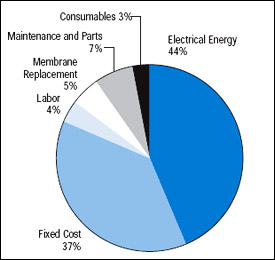
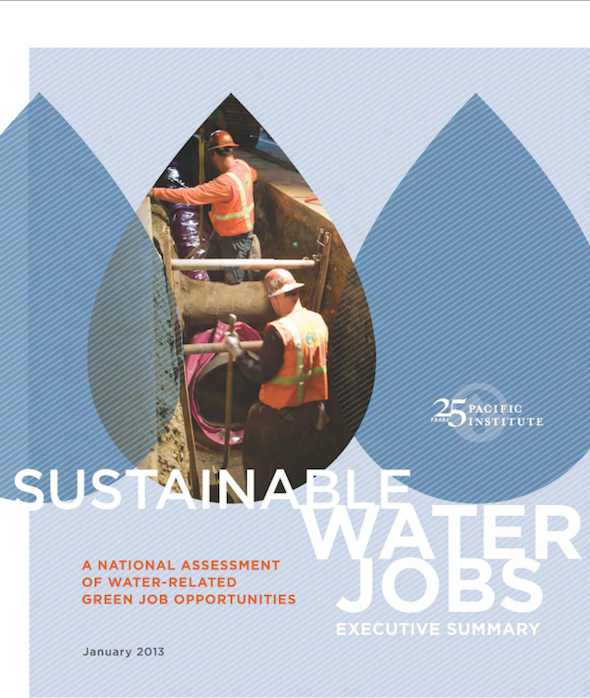
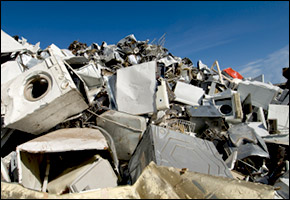
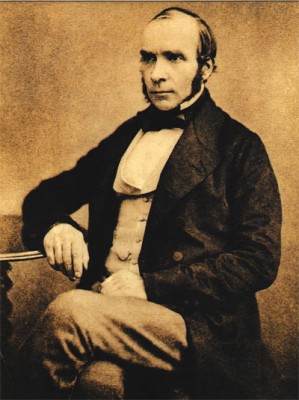


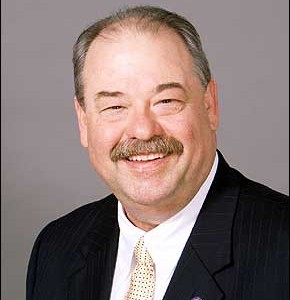
While we work on the big issues, it’s a good idea to get a good water filter so you can drink healthy water right now. Visit our website for lots of information on many water issues, including how to save it and how to best filter it.
Save water!
Timothy
friendsofwater.com
Dr. Gleick:
Your article is well conceived and the solution you propose is on target and straight forward with the exception of two problems; cost and timing.
Pick any region of the U.S. and you’ll find stories on the amount of Obama Stimulus Funds allotted to the state for the purpose of rebuilding or updating the municipal water system. Couple that with estimates on the time needed to make the upgrades and 20 – 30 years seems to be a common forecast.
That’s a long time for the American consumer to wait before knowing the public water system can be trusted and the minutely concentrated chemical cocktails we’ve ingested over that time via our tap are not harmful or cumulatively toxic to our systems.
We agree with your recommendation “when in doubt, take it out” but are skeptical of the ability of local governments to make that common practice regardless of intentions.
There are private enterprises such as our company that provide a solution that is eminently more more immediate and cost effective for a community. And yes, while it is private enterprise, working models all over the country illustrate owner operators providing very high quality drinking water that is readily affordable to medium and lower income families.
While we do not disagree your solution is the proper one long term for our communities, we want to bring to your reader’s attention there are viable short term solutions.
Peter Gleick, you are good ay what you do. and thank you for providing information to everybody. Your recommendations are great, but it wll not be done in short notice. Surely, it will take time, so for the mean time, people might find ways on how to have a safer tap water, i suggest water filter. reform in the Safe Drinking Water Act might not be taken immediately and we’ve been exposed to tap water quite sometime. i suggest consumers should turn to economical and environment friendly yet effective water filter.